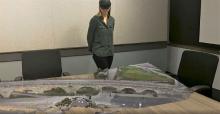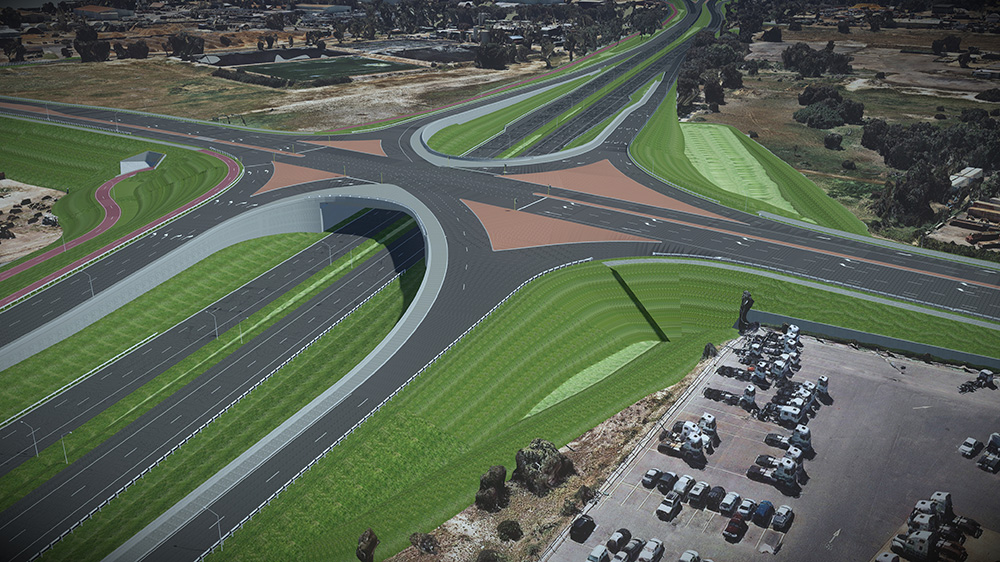
Digital delivery incorporates streamlined processes to manage asset information as it changes through a project’s development lifecycle. The whole process chain will contain all of the project’s different elements within a digital model … a model that can include 2D and 3D elements with attached attributes and references.
Contractors and construction inspectors can use digital models on the project site and the as‐built deliverables are an accurate representation of the constructed project.
Digital delivery makes it easier to review the design intent and develop high‐resolution 3D visuals, providing improved design quality. It can make a significant impact on reducing project cost overruns, and the 3D design enables designers to test what-if scenarios to refine constructability and optimize project cost.
The process improves design efficiency and enables contractors to benefit from a more complete representation of the design intent, which is delivered in a more directly usable format. It enhances construction planning and designers spend less time extracting information.
And last, but by no means least, digital delivery improves as-built records, saving valuable time that contractors don’t need to spend on marking up PDF plans.
Great Eastern Highway Bypass
An example of digital delivery used in action is the Great Eastern Highway Bypass, which will reduce congestion by serving as a critical connector between two major highways in Perth, Australia. One part of the project involves replacing the current signalized intersections with new grade-separated interchanges to better accommodate more than 60,000 motorists daily.
Main Roads WA contracted Greater Connect Alliance, a consortium comprised of Arcadis, AECOM, and Laing O’Rourke, to develop, design, construct, and deliver the new interchanges and upgraded highway.

The Greater Connect Alliance team embraced innovative digital strategies to determine that a holistic digital execution plan, based on Bentley applications, would enable them to better visualize and more efficiently complete the project.
Adopting collaborative digital engineering strategies allowed the Greater Connect Alliance to visually review and compare design alternatives and determine an optimal design that resulted in fewer than 10 on-site clashes while saving 18 months in time.
And working in an integrated digital platform using Bentley applications facilitated value engineering and sustainability, reducing material quantities and land acquisition. The team reduced the project footprint by 50%, offsetting the project’s impact on the surrounding environment. In this case, digital delivery and digital twins provided the engineers with the ability to visualize assets across the entire lifecycle to track change and to perform analysis that optimizes asset performance.
Overall, digital delivery allows contractors, construction firms, and road and bridge owner-operators to leverage digital twins so that project teams can gain more visibility into the design. Digital twins also allow managers and owners to understand the implications of design decisions early in the process and help them achieve improved performance across the asset lifecycle.
Artificial Intelligence and Machine Learning
Artificial intelligence (AI) and machine learning (ML) technology provides numerous benefits to transportation agencies including allowing them to optimize operations, shed manual processes, and move faster. Use cases of AI and ML in the transportation industry illustrate why the technology is seeing an upward surge and why organizations should adopt the technology.
For example, we see this technology being used for bridge monitoring and inspection to augment traditional physical inspection processes. Transportation agencies and their supply chains can create a 3D digital twin of any bridge using drone or handheld photography and gather real-time data and insights structures with field sensors to improve decision-making.
Agencies can also utilize a reality mesh to augment inspection process, tag condition notes directly in the 3D environment, and remotely review the condition of the structure. Artificial intelligence and machine learning defect detection enables automatic identification and classification of defects in the field. This allows inspectors to tag condition notes directly in the 3D environment, and remotely review the condition of the structure. Inspection data required to correct issues can be seamlessly handed over to maintenance, design, and construction workflows to create substantial savings.
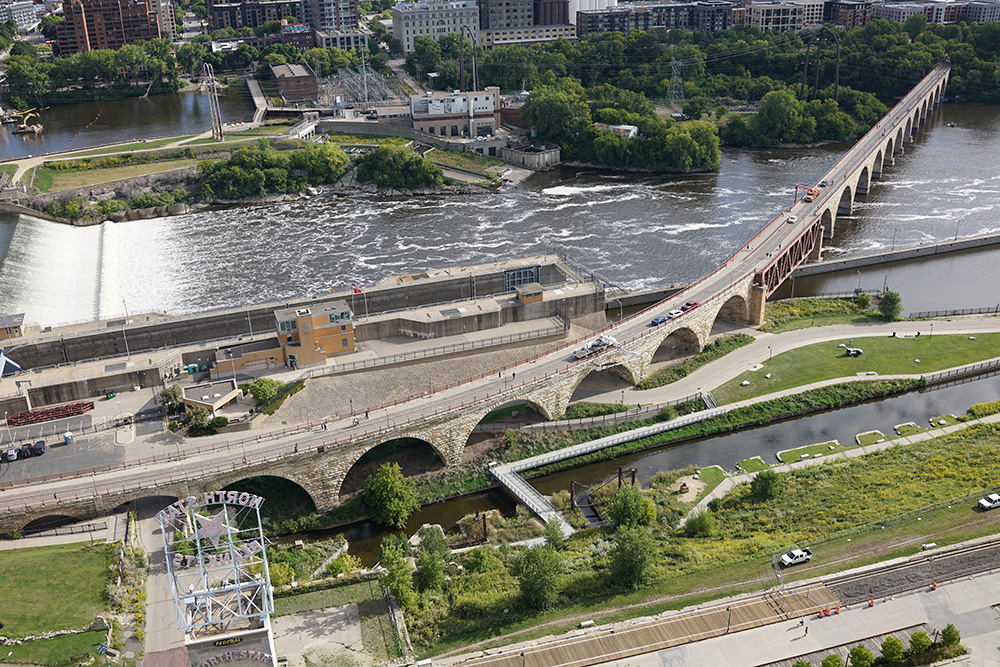
Another user of digital twin technology is Collins Engineers, which has been using them on projects in the United States for the past several years. Combining Internet of Things and sensor data with a digital twin gives Collins Engineers the ability to make data readily available to everyone in context so that they can use that data to make decisions about the bridges.
Using Bentley’s reality modeling and digital twin applications, they performed virtual inspections and established a mixed reality environment for the team and public to view a digital twin. This process also helps provide stakeholders with a better understanding of the restorative design works. Traditionally, inspection notes were recorded and communicated using pencil and paper accompanied by photos.
While necessary to augment on-site inspections, teams couldn’t solely rely on this approach because it lacked the detail needed to make definitive decisions and safely complete the project. However, the 3D digital twin enables the field team to inspect the bridge remotely, record their findings directly on it, and accurately pinpoint the areas that are in need of repair.
By adopting a digital strategy and a data-centric approach, data is made available to the right person at the right time to quickly analyze large amounts of data to produce actionable insights, make better-informed decisions, and provide better outcomes.
Modernising in an inclusive and equitable way
Transportation agencies need to balance equity and innovation, keeping mobility ecosystems functioning and accessible while encouraging modernization. Transportation planning and roadway design have traditionally focused on the needs of drivers rather than those of all users of the street.
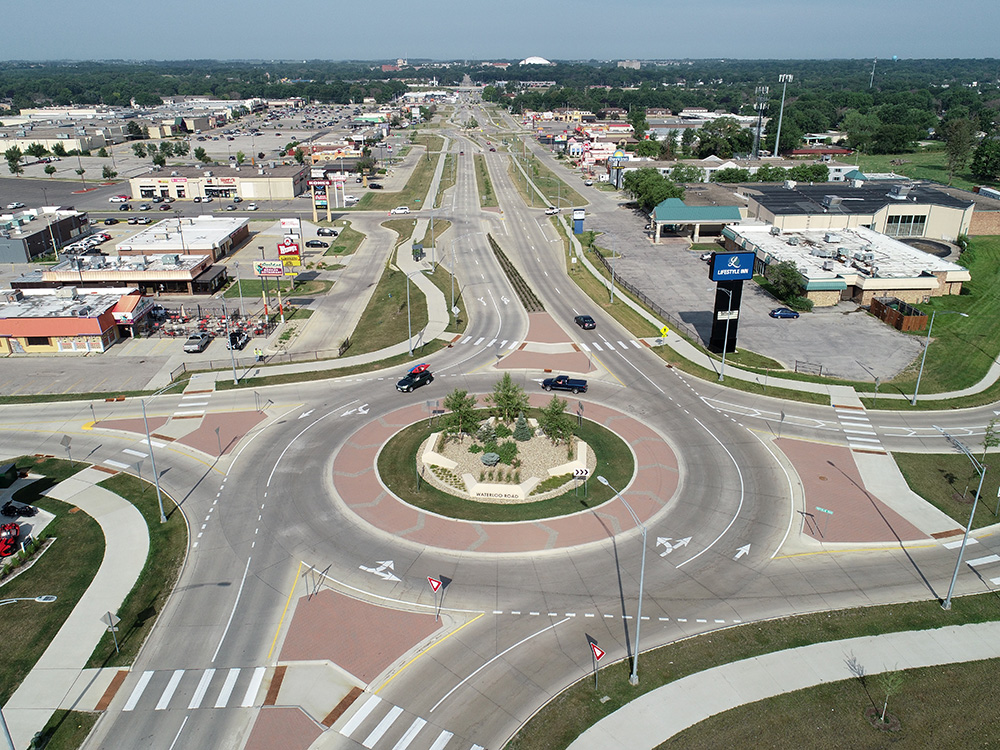
Over time, this approach contributed to the development of an environment where other modes of transportation including walking, bicycling, or transit did not see the same level of investment. To ensure that everyone is intentionally included in the design process, leading jurisdictions are spearheading more inclusive and collaborative approaches.
Complete Streets methodologies also known as Living Streets, Home Streets, or Woonerf are streets designed and operated to enable safe use and support mobility with all users in mind to make the transportation network safer and more efficient.
Dutch, Danish, and German cities have incorporated living-streets-design concepts and policies and have seen improvements in overall street safety, as well as for the more vulnerable modes of transport such as walking and cycling. Complete Streets can address a wide range of elements, such as sidewalks, bicycle lanes, bus lanes, crossing opportunities, median islands, roundabouts, accessible pedestrian signals, curb extensions, streetscapes, and landscape treatments.
This approach can reduce motor vehicle-related crashes, pedestrian risk, and bicyclist risk. It also promotes walking and bicycling by providing safer places to achieve physical activity and can increase business traffic in local communities.
Six lanes carrying 20,000 vehicles a day
A project example is University Avenue. Located in the busy community of Cedar Falls, Iowa, it was a critical 2-mile, six-lane divided highway supporting more than 20,000 vehicles per day. The corridor lacked pedestrian and bicycle accommodations and at over 60 years old, had exceeded its expected lifespan.
With increasing public pressure to improve roadway conditions, as well as to provide nonvehicular access and spur economic growth, Cedar Falls initiated a USD 38.9 million modernization initiative to transform and revitalize the corridor.
The project criteria included improving traffic flow and safety, ensuring bicycle and pedestrian access and mobility, providing a “living street” compatible with existing networks, facilitating commercial access, and minimizing capital investment and operational costs. To best address the city’s priorities, Foth, a Green Bay, Wisconsin company that delivers innovative design solutions, introduced specific design elements including roundabouts, a lane reduction, and a Complete Streets approach to accommodate multimodal travelers.
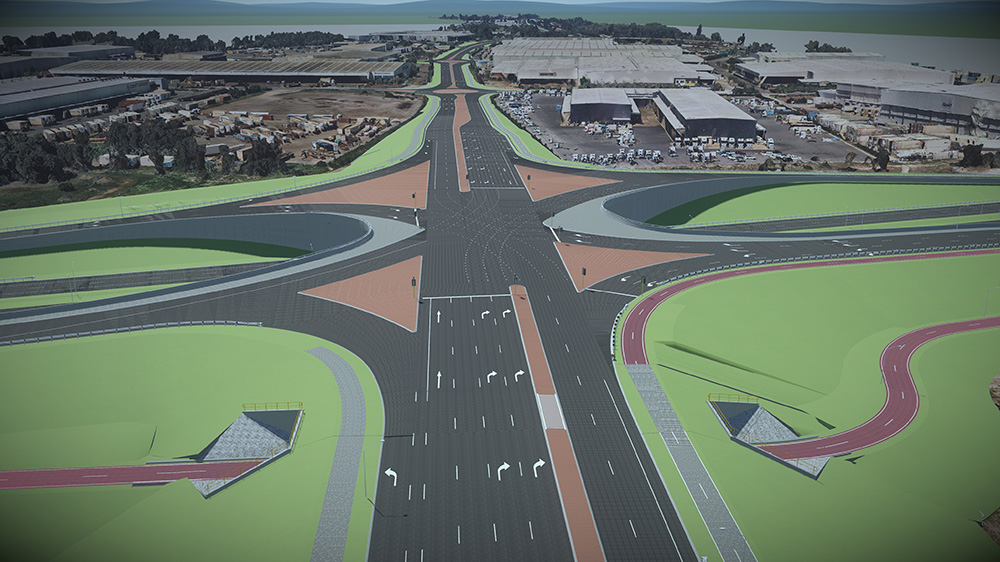
Faced with intense public involvement and aggressive timelines, compounded by technical and engineering challenges that required coordinating multiple phases and teams, the organization required integrated digital applications to meet city and stakeholder demands. To gain public buy-in, Foth delivered a digital model and information-rich 3D visuals, providing a successful solution to present the design concept from the community’s point of view, accelerating approvals for the new roundabouts, and producing benefits and cost savings to the city and the public.
The new design improved safety and reduced injury accidents by 89%, resulting in USD 1.9 million in savings and a decrease in travel time equivalent to more than USD 1 million in savings annually.
Digital technologies are helping to drive innovation for initiatives such as Complete Streets. Reality modeling and 3D technologies allow community members to see details about the project in a format they can comprehend and provide their feedback.
This enables a better project in the long run as the community can be engaged ahead of time and changes can be made earlier in the process before the design is finalized. Because 3D reality models can be easily understood, they can accelerate the decision-making process and improve project team collaboration from design through construction.
Once again, it is all about using the best digital transformation technology out there to work harder, faster, and smarter.


